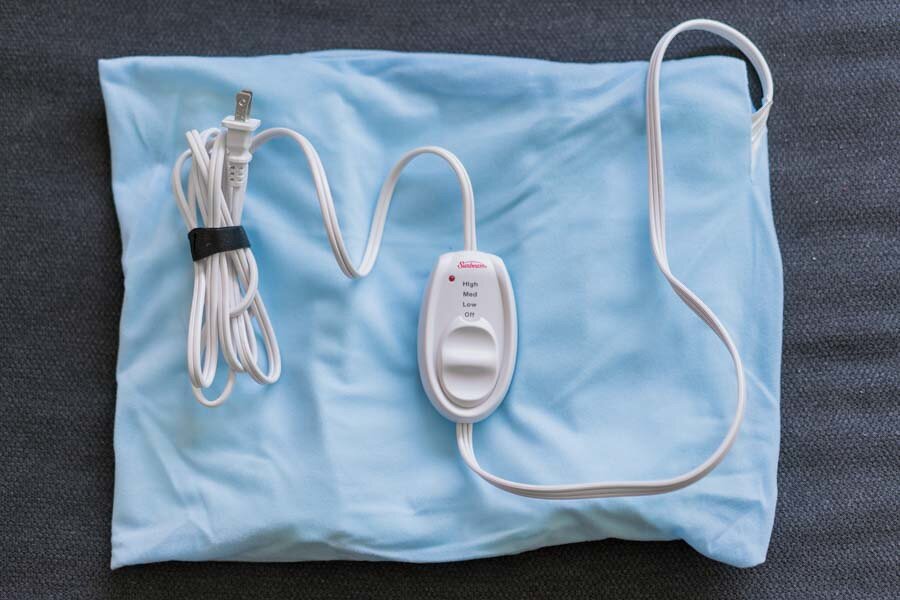Pain Management
We’re all familiar with pain, it’s an essential part of life. It’s our body’s way of telling us we’ve pushed ourselves to our limits. We use pain to challenge ourselves and to increase our strength. However, when we experience excessive amounts and intensities of pain, it develops into a bigger issue. There are multiple ways to manage that pain, here are a few recommendations:
ICE
Reduces inflammation, swelling, and pain
We recommend ice for acute pain; Acute pain can last for 72 hours and up to 3 weeks and will gradually resolve as injured tissues heal. Examples of acute pain include broken bones, burns, and cuts.
Ice is a widely used non-medicinal method for reducing swelling, inflammation, and pain. Some may be familiar with “R.I.C.E”, which stands for rest, ice, compression, and elevation. Or the newer addition of “P.R.I.C.E.”, that includes protection in addition to other aspects. Each step works to reduce swelling and inflammation, which are likely the root of the pain. Our bodies tend to overcompensate the amount of help to the affected area, icing that area will help calm it down. It’s important that we take time to take care of our bodies, they work constantly for us; The least we can do is listen to our bodies’ complaints and take care of their needs.
We recommend icing for 10-20 minutes after injury or trauma. Ice after exercise or workouts could be helpful to stay ahead of any irritations that might have occurred after this.
Try to elevate the affected area above the level of your heart to help reduce swelling. Doing this will help direct blood flow back to your heart. To reduce greater amounts of swelling, ice every hour while elevating the affected area to help the blood flow back to your heart.
HEAT
Relaxes injured muscles, increases flexibility, calms down painful flare-ups.
We recommend heat for chronic pain; Chronic pain is persistent pain that tends to last longer than 6 months. The pain can continue weeks, months, or even years after the injury.
It’s getting hot in here, so loosen up our muscles! Heat is a great alternative to ice, it helps warm up and increase circulation and loosens up our muscles. Many patients experience stiffness when they wake up, we recommend heat to kick start their muscles and get them moving! Think about it like you’re starting up and driving a car that has been sitting in the cold vs. a car that has been warmed up. A cold car will struggle with starting up and resist movement while the warmed up car has its fluids circulating and joints oiled and ready to go.
We recommend heating for about 7-10 minutes before the activity, to the affected area. You could do a passive warm-up, like a heating pad, warm shower, or bath. Or you could do an active warm-up like light aerobic exercise or light stretching. However, if the area is already inflamed and irritated, do not heat. It could make the inflammation worse. Our blog about Ice vs. Heat will help you distinguish which method is best for you.
ELECTRICAL STIMULATION (E-Stim)
Reduces pain, flushes out inflammation, helps with muscle contraction
Research for the use of E-stim was heavily favored many years ago and in recent years it has been more mixed on how effective it is in accomplishing reduction in inflammation and pain. However, many places still use E-STIM for both acute and chronic pain. This can be used mostly during flare-ups or for high amounts of swelling. E-Stim may be a good alternative to interrupt the pain cycle.
E-Stim units! Some like how they feel, some don’t -- some even hate it. An E-Stim unit is a device that sends out small electrical currents to targeted body parts. These units have different settings that address specific things (i.e. swelling, pain, help with muscle contraction). We sometimes use them in our clinic to help relieve swelling and pain.
Muscle re-education/activation: E-STIM units are a great way and research is favorable for use in this manner to get muscles activated that might have been dormant after injury or surgery. They can help patients contract specific muscles for patients who recently had surgery.
In our clinics, we typically pair E-Stim with ice for 10-15 minutes after PT treatment for patients with more acute pain and/or swelling.


